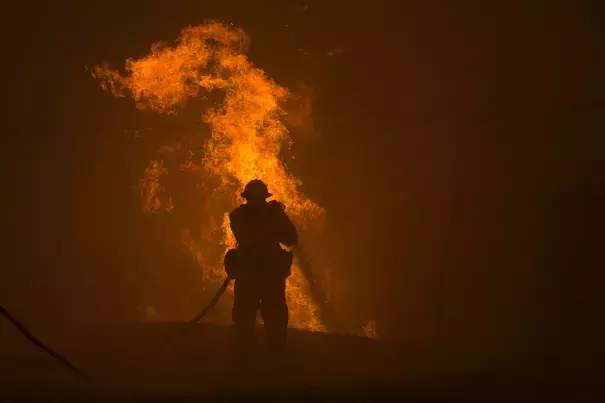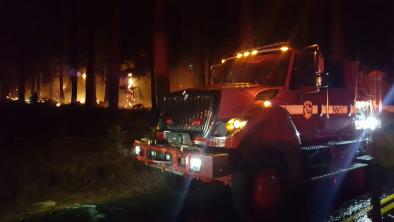Wildfires Are Getting Bigger, Lasting Longer and Costing More, Experts Say

As a large fire forced evacuations this week near Los Angeles, experts pointed out that wildfires in the United States are now more destructive and dangerous than ever. The sharp increase in fire damage has been attributed to the warming climate, fire-management tactics and the nonstop construction of homes in fire-prone areas.
The size of wildfires has grown sharply for more than 15 years, when the average fire was less than 50 acres. Today, the average wildfire is about 100 acres.
Scott L. Stephens, a professor of fire science at the University of California, Berkeley, said the widespread practice of suppressing smaller fires had caused some forests to become “predisposed to larger events.”
“When you take fire out of a system for 100 years,” he said, “you change things drastically.”
Large Fires Are Already Widespread, and the Season Is Young

This year’s fire season started strong: The number of acres burned by May 20 was 46 percent above average, according to the National Interagency Fire Center. A period of wet and cool that followed was reflected in the center’s July 8 report that showed the acreage burned to be below the 10-year average for this time of year.
Even so, this season appears uncomfortably similar to 2015, which was also below average by late July and became the country’s worst fire season since 1960.
“All it takes is a single lightning strike to change the course of the whole season,” said LeRoy Westerling, a professor of forest management at the University of California, Merced.
He said that the calm period had allowed many grasses and other fuel sources to accumulate, a factor that could increase the risk of larger fires and a longer season.
Fire Seasons Are Now Longer and More Expensive

The annual wildfire season is stretching over more of the year, according to Professor Westerling, and the longer the fires last, the more money they cost to control. The federal government spent $202.8 million to fight fires in 1986. Last year, it spent $2.1 billion.
One cause of the longer seasons is environmental: The warming climate has melted snowpacks earlier, increasing the length of time that forests dry out and become vulnerable to burning.
Forest management techniques, like intentional burning and thinning of forests, can help the ecosystem return to a more natural equilibrium, Professor Stephens said, and this would reduce the number of large, destructive fires.
He estimates that California needs at least 10 times the current amount of intentional burns and other forest management efforts to recover the ecosystem balance.
More Homes in Wildland Areas Means More Risk

Hills scorched by a wildfire in June in Calabasas, Calif. Michael Owen Baker/Agence France-Presse — Getty Images
Another factor is people. “Fires are getting expensive as people are building homes further into fire territory,” said Chris Wilcox, the fire director of the United States Fish and Wildlife Service.
“When lives and homes are immediately threatened, our options for how to fight the fire are reduced,” he said. “This is not only makes fires cost more, but prevents us from letting equilibrium set in in ecosystems"
Related Content






